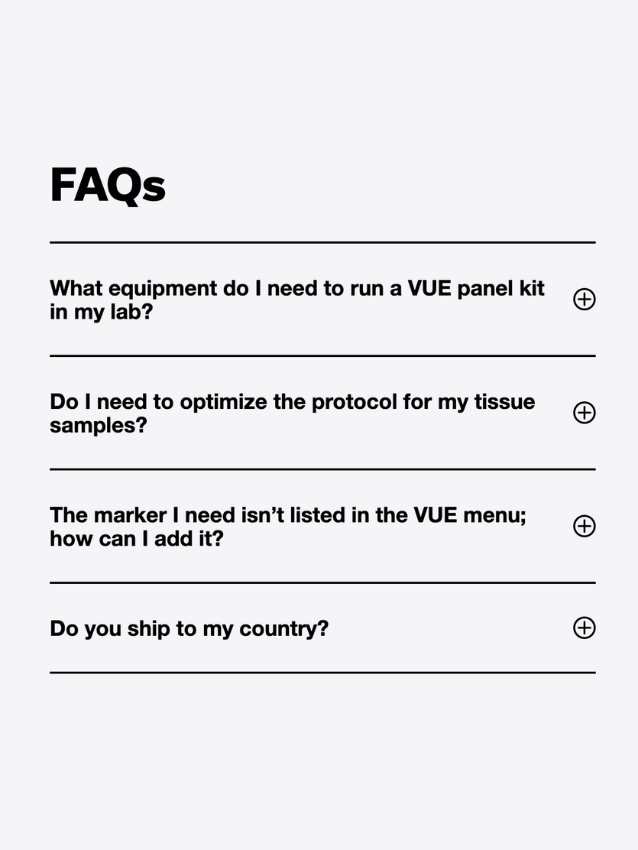Dial M1 for Murder
Growing up I was fascinated by the early black and white psychological crime dramas by the master of suspense, Alfred Hitchcock. Several unique components played their part in his success as director; his ability to keep the story simple noting that the screenplay should be streamlined, so it offers the highest dramatic impact. Similarly, he also understood that information and suspense went hand in hand, he believed in showing the audience what the character was unaware of. If something was going to harm your character in the future, show it at the beginning scene. I’ve recently thought about how these successful film making techniques can be adopted in directing successful immunotherapies, and the growing need for the identification of new biomarkers predictive for sensitivity to checkpoint inhibition. Alfred Hitchcock once said, “The more successful the villain, the more successful the picture”, for the immunotherapy picture, that successful villain is M1 macrophages.
February 7, 2022
Due to their heterogeneous nature, tumor tissues vary considerably in their microenvironment, and the existence of a variety of cell types can dramatically influence the ability of the immune system to infiltrate and attack tumor cells. analysis can be used to characterize the immune cell repertoire, identify various cell populations in the microenvironment. Tumor-associated macrophages (TAMs) represent one of the main tumor-infiltrating immune cell types addressed in the tumor microenvironment and studies have shown that this TAM population is in a state of constant transition between two forms referred to as M1 and M2 types. M1-type macrophages have anti-tumor effects, which can distinguish tumor cells from normal cells. By identifying tumor cells, expressing e.g. nitric oxide synthase (iNOS) and ultimately killing tumor cells, studies have found that M1 type macrophages exhibit different effects on killing tumor cells. These macrophages can also present tumor-specific antigens to T cells and help in the anti-tumor immunity. Conversely, M2 has the function of removing debris, promoting angiogenesis, tissue reconstruction and injury repair, as well as promoting tumorigenesis and development. The majority of TAMs are of the M2 phenotype (e.g. expressing CD163) and have poor antigen presentation capacity and can suppress the T cell response, importantly therefore the need for selective M2-to-M1 macrophage repolarization has drawn attention for effecting immunosuppression and improving antitumor responses. Recently, a variety of therapeutic agents (e.g., monoclonal antibodies, small molecular inhibitors, and nanoparticles) have been extensively explored for M2-to-M1 macrophage repolarization.
Using a cyclic RGD peptide functionalized and manganese doped eumelanin-like nanocomposites (RMnMels) Liu et. al., 2022 reported a novel combined hyperthermia-immunotherapy against PC3 prostate cancer in mouse models demonstrating that RMnMels could successfully promote M2-to-M1 macrophage repolarization via scavenging multiple reactive oxygen species and remodeling the immunosuppressive tumor microenvironment. Specifically, following near-infrared light irradiation, RMnMels-mediated thermal ablation could destroy the tumor cells directly, but also in part using a tissue immunofluorescence assay addressing CD163 and iNOS, RMnMels could elicit the release of damage associated molecular patterns and tumor-associated antigens, provoking robust tumor immunogenicity and strong antitumor immune responses. I’ll be following with interest the future developments of RMnMels and other therapeutic nanoplatforms for immunomodulation and enhanced antitumor immune responses.
Advances in multiplexed immunofluorescence techniques have helped tremendously to visualize biologically and prognostically relevant macrophage subpopulations in the tumor microenvironment from FFPE sections. If we now think back to Hitchcock’s approach for success as simplicity in the story and guiding with relevant information, Ultivue’s InSituPlex® multiplex immunofluorescent (mIF) technology embodies these sentiments by enabling a streamlined biomarker detection and tissue analysis. The workflow begins by incubating a tissue slide with a mixture of barcoded antibodies for multiplex target labeling. Bound antibody barcodes are then amplified to increase the sensitivity of complimentary fluorescent probe hybridization. Bound probes are then imaged to provide a view of targeted cells like macrophages populations and their cellular interactions within a spatially preserved tumor microenvironment. Importantly researchers benefit from the simplified workflow and availability of Ultivue’s flexible options for pre-optimized off-the-shelf panels or custom panels that include up to 8 relevant application focused targets e.g., a TAM panel.
While the complexities of the tumor microenvironment still remain an area for great discovery, in immunotherapy research perhaps focus on the murderous M1 macrophages and their sidekicks may be the hero ending we’re all looking for.
Contact Ultivue today to see how InSituPlex mIF technology can drive discovery in your tissue biology application.








